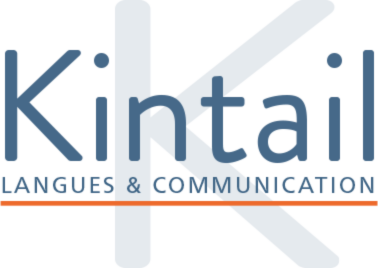🎯 Learning Objectives
By the end of this lesson, you will be able to:
- Distinguish between the use of 'who' for people and 'which' for things
- Use 'who', 'which', and 'that' to connect ideas in a single sentence
- Recognize relative pronouns in business contexts like emails and meetings
- Demonstrate how to describe a colleague, a product, or a task using these pronouns
📚 Grammar Explanation
We use relative pronouns to give more information about a person or a thing without starting a new sentence. They help us connect our ideas.
Form/Structure:
- Use who for people: ...a person who...
- Use which for things: ...a thing which... (objects, ideas, reports)
- Use that for people or things: ...a person that... / ...a thing that...
Usage Rules:
- Who: Only use for people
- Which: Only use for things
- That: Can be used for people or things. It's often used instead of who or which
💼 Professional Contexts
🎧 Listening Exercise
Listening Questions
🧠 Interactive Quiz
📧 Exercise A: Multiple Choice Cloze
From: Jin
Subject: New Coffee Machine
Hello everyone,
I have good news for all the coffee lovers in our office!
We have a new coffee machine, (1) ______ is in the kitchen. It's a special machine (2) ______ can make espresso and cappuccino.
Please read the instructions (3) ______ are next to the machine. If you have any problems, please speak to Maria. She is the person (4) ______ knows how to use it.
Thanks,
Jin
✅ Exercise B: True/False Grammar Check
🔄 Exercise C: Transformation Exercise
Example: I have a new manager. She is very friendly. → I have a new manager who is very friendly.
🗣️ Speaking Practice - Preparation for Class
These tasks are for practice with your teacher. Prepare this topic for your next class.
Instructions: Imagine a new person has joined your team. Introduce one of your colleagues to them. Use the structure: "This is [Name]. He/She is the person who..."
Preparation Tips: Think of a real colleague. What is their main responsibility?
Example Response: "This is Sofia. She is the person who organizes all our team meetings and events."
📝 Prepare this topic for your next class
Instructions: Your teacher will ask you about your job. Describe a tool, a document, or a project you work with. Use 'which' or 'that'.
Preparation Tips: Think about a specific thing at your work (e.g., a software program, a weekly report, a new project).
Framework: "I often use a [software/tool] which helps me to..." or "I am working on a [project/report] that is about..."
📝 Prepare this topic for your next class
Instructions: You are at a business conference. Your teacher is another professional. Introduce yourself and ask questions to learn about them and their company. Try to use 'who', 'which', and 'that' naturally.
Preparation Tips: Think about questions you can ask:
- "What's the name of the company which you work for?"
- "Tell me about a project that you are proud of."
- "Is there a person here who you think I should meet?"
📝 Prepare this topic for your next class
📋 Summary
Key Takeaways
- Use who to add information about a person
- Use which to add information about a thing
- Use that to add information about a person or a thing
- Using these words makes your English sound more professional and fluent
Professional Study Tips
Listen Actively: In your next online meeting, listen for when your colleagues use 'who', 'which', or 'that'. Note the context.
Review Your Emails: Before you send your next email, read it. Can you combine any two short sentences using a relative pronoun? For example, change "I am sending a report. The report has the sales data." to "I am sending the report which has the sales data."
Practice Short Descriptions: Look around your office or workspace. Describe one person and one object to yourself. For example: "That is my manager, who is always busy." and "This is my computer, which is very fast."
